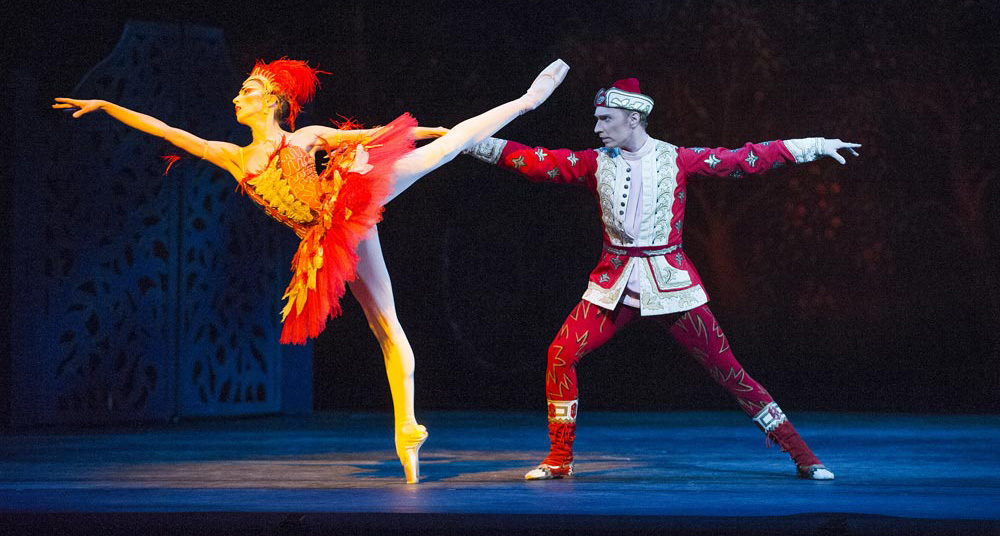
The Philadelphia Orchestra’s concerts in December 2015 were emblematic of the current direction of the institution.
Some commentators have made suggestions that the Orchestra “lighten up” and play movie scores, ostensibly to appeal to younger attendees. Meanwhile, I see large numbers of college and high school students lining up to attend every concert. The problem is not them and their supposed low-brow tastes, but an in-between demographic (including young professionals) that resists coming to concerts.
Yannick Nézet-Séguin and management are clearly trying to woo them, seeking a middle ground by playing classical orchestral literature that has broad familiarity. He’s conducting crowd pleasers, but trying to provide a twist. In these concerts the novelty was playing Stravinsky’s complete score to The Firebird (in concert, without dancing) instead of just the normal suite from that score. See Leon Bakst’s painting of the Firebird: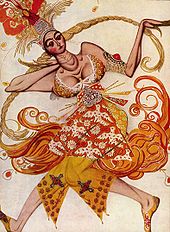
A few weeks earlier the twist was playing Gershwin’s Rhapsody in Blue in its “original” jazz-band orchestration instead of the more familiar re-arrangement for symphony orchestra. (I put “original” in quotes because — despite the billing in the program — the concert used significantly more musicians than were in Paul Whiteman’s 23-piece band at the 1924 premiere.)
The Firebird was mesmerizing. I disagree with another critic who “barely kept awake” because “who wants to pictorialize music?” Stravinsky wanted everyone to pictorialize this music. He resisted efforts to play the music in concert without the visibility of the ballet that was, to him, an essential part of the composition. [Below, Stravinsky sketched by Picasso.]
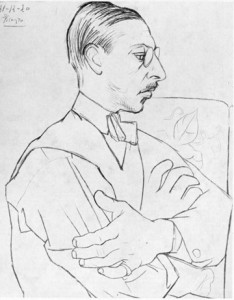
The story tells how Ivan, a nobleman, finds himself in a forest where he captures a beautiful bird that gives him a magical feather. He falls in love with a maiden who is controlled by the villain Kaschei. The Firebird breaks the spell for a happy ending.
What Yannick conducted was more satisfying than the shorter Firebird suites that Stravinsky later published. The suites last 20 or 25 minutes; the complete music took 45 minutes. Instead of “greatest hits” snippets, we heard the incremental buildup towards the climaxes. This was logical in musical terms in addition to making sense by displaying the story line.
Stravinsky, then age 27, used a folk tune previously employed by Rimsky-Korsakov, and evoked the instrumental colors of Rimsky. This was obvious homage to the man who was his teacher and father-figure. “Mark him well,” said Sergei Diaghilev to Tamara Karsavina, who was dancing the role of the firebird, “he is a man on the eve of celebrity.” In fact, Stravinsky followed the Firebird with Petrushka and The Rite of Spring within the following three years.
The young Stravinsky had the guts to write for a huge orchestra that included triple woodwinds, offstage trumpets, three harps and a celeste. He expanded on mannerisms of Rimsky-Korsakov and added even more exotic coloration. The full ballet score reveals many interesting touches that are omitted in Firebird Suite performances, such as daring, eerie harmonies for the orchestra, and expansive roles for solo winds.
To the right and below is a photograph of Stravinsky a couple of years later.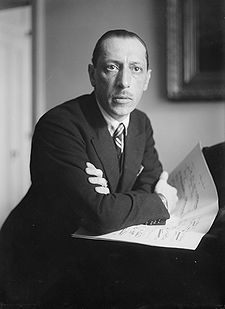
Yannick also conducted the suite from the opera Carmen, which seemed like a nod towards less-sophisticated audience members. More interesting, and fresher, was the Vieuxtemps Violin Concerto No. 4 played by Hillary Hahn. It had not been performed by the Philadelphians since 1957.
The first movement opens with a long and somber orchestral introduction, almost Wagnerian, which lasts more than four minutes before the soloist’s first note, which is a long-held high D. This sets a pattern for the entire concerto. Vieuxtemps actually wrote a theatrical orchestral piece with a prominent role for violin, rather than a conventional concerto. The moods and colors in the orchestration are captivating. The biggest section for the violinist is the third movement which features a scherzo solo. Because it was so catchy, and because most concerti have only three movements, the audience burst into applause even though a fourth movement still lay ahead.
In addition to the orchestral depth, the piece has great technical demands for the violin and it’s been a challenging work that was recorded by Heifetz and, recently, by Hahn with the Deutsche Kammerphilharmonie Bremen conducted by Paavo Järvi. That CD sounds fine, but lacks the richness of the performance by Hahn and the Philadelphia Orchestra.
Now let’s hope to get a chance to hear Vieuxtemps’s Violin Concerto No. 5, “Le Grétry,” a shorter and equally-fascinating piece by that composer.
Below are two photos of the great Firebird Maria Tallchief, courtesy of New York City Ballet archives.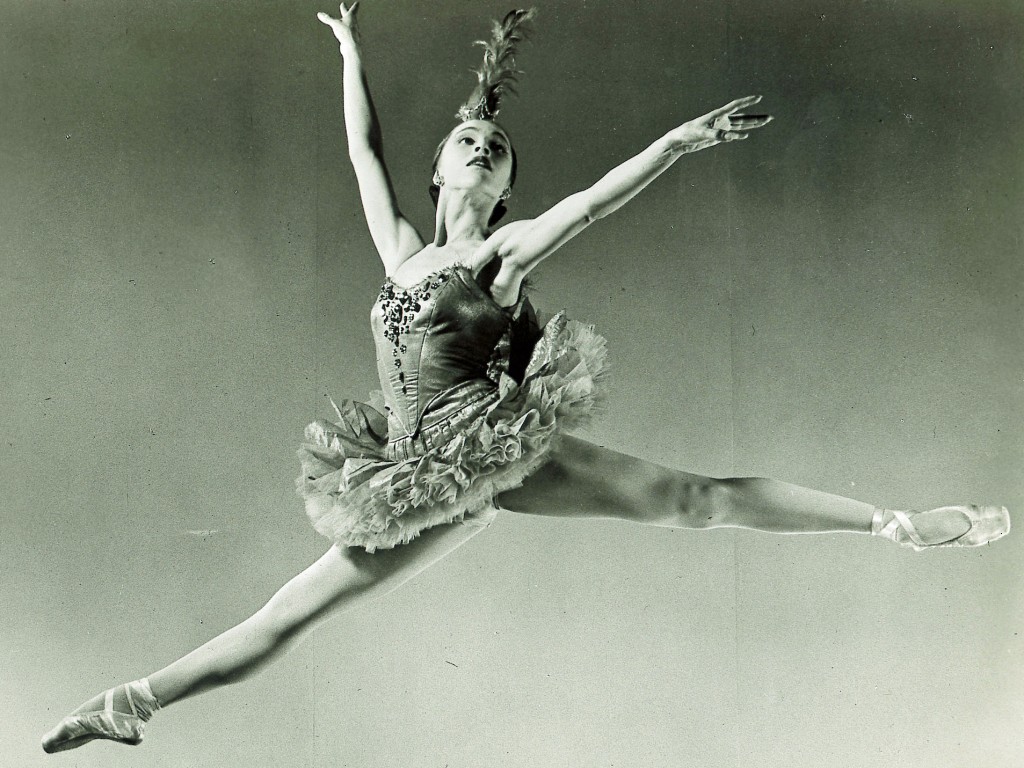
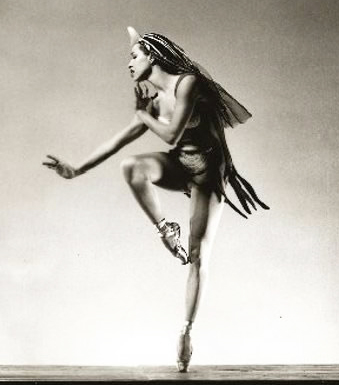
Please share your thoughts and your opinions with us. Address to editor@theculturalcritic.com
Read other reviews on The Cultural Critic